How to Choose the Proper Lacrosse Stick Length for Your Play Style and Body SizeHow to Choose the Proper Lacrosse Stick Length for Your Play Style and Body Size
Age and Experience Level
Youth players need shorter and lighter sticks to help them develop their skills. Sticks for young beginners range from 30-42 inches. As players get older and more experienced, they can handle longer and heavier sticks. High school and college players generally use sticks from 42-60 inches.
Player Position
Attackers prefer shorter sticks, around 40-42 inches, to allow greater control and quick stick work around the crease. Midfielders benefit from average length sticks around 42-54 inches since they need to play both offense and defense. Defenders need longer sticks, 50-72 inches, for better poke checks and intercepting passes.
Height and Arm Length
Tall players need longer sticks to match their bigger frames and longer arms. When holding the stick upright next to your body, the bottom of the head should reach between your nose and chin. This ensures proper length relative to your height. Add a few extra inches if the stick will be used for multiple seasons to allow for growth.
Goalie Sticks

Goalie sticks are much longer than field sticks, ranging from 40-72 inches. The paddle width helps block more of the goal. Size the goalie stick so the bottom of the paddle rests just below the waist when standing upright. Consult sizing charts to match specific paddle and shaft lengths to the goalie’s height.
Stick Measurements
When sizing a stick, measure from the bottom of the head to the end of the shaft to get the full length. Keep in mind the player’s age, position, experience level, and height recommendations from lacrosse stick manufacturers. Testing different lengths on the field can help determine the optimal stick for your game.
Having the proper lacrosse stick length improves ball control, shooting and passing accuracy, checking power, and overall reach and range on the field. Take the time to find the right length stick for your physical size and playing style.
Attackers prefer shorter sticks for ball control and quick sticks
When it comes to lacrosse stick length, attackers have different needs than other positions. As offensive players who operate around the opponent’s net, attackers rely on precise stick handling and quick passing to create scoring opportunities.
Shorter sticks in the 40-42 inch range give attackers superior control of the ball to thread shots and make rapid feeds. The tight quarters around the crease demand a compact stick to cradle and shift directions quickly. Having a shorter stick enables attackers to cradle the ball securely with one hand and makes it easier to protect their stick from defensive poke checks.
The excellent feel and responsiveness of a short stick allows attackers to make quicker passes and change direction on a dime. Attackers leverage the enhanced handling to rack up goals with creative dodges, pinpoint shots, and rapid ball movement. While defenders benefit from maximum length sticks, short sticks provide attackers the agility and stick skills vital for weaving through traffic and finishing at the rim.
Midfielders use average length for versatility on both offense and defense

When selecting a lacrosse stick, midfield players need to balance the demands of playing both offense and defense during transitions. This dual responsibility leads most midfielders to choose sticks with an average length of 42-54 inches.
On offense, midfielders benefit from the solid control and quick handling of a stick on the shorter end of the spectrum. This allows them to string passes together and dodge defenders when pushing the ball in transition or working from behind the net.
On defense, a longer stick aids midfielders with poke checking, intercepting passes in the midfield, and limiting shooting angles when pressing out on attackers. Added length provides extra reach to get their sticks into passing lanes for disruptions.
By using a stick sized in the middle ground between attacking and defensive lengths, midfielders gain decent versatility to flip between offense and defense. The moderate length delivers adequate ball control for offensive runs plus the added length for defensive plays in the midfield area.
Defenders need longer sticks for poke checks and intercepting passes
- Youth players (beginners): 30-42 inches
- High school and college players: 42-60 inches
Younger players benefit from shorter, lighter sticks that help them develop fundamental skills. These more manageable sticks allow for better control and easier handling, laying the foundation for proper technique.
As players advance in age and experience, they can transition to longer, heavier sticks. This progression aligns with their physical growth and increased strength, enabling them to handle more substantial equipment effectively.
Position-Specific Stick Lengths: Optimizing for Role on the Field
Different positions in lacrosse demand varying stick lengths to suit their specific responsibilities. How do stick length preferences differ by position?
Attackers: Precision and Agility
Attackers typically prefer shorter sticks, ranging from 40-42 inches. Why? This length offers several advantages:
- Enhanced ball control in tight spaces
- Quicker stick work around the crease
- Improved maneuverability for dodging defenders
- Better protection against defensive checks
The shorter length allows attackers to execute rapid direction changes, precise shots, and quick passes, essential for creating scoring opportunities in congested areas near the goal.

Midfielders: Versatility for Two-Way Play
Midfielders benefit from average-length sticks, typically between 42-54 inches. This mid-range length accommodates their dual offensive and defensive responsibilities:
- Sufficient control for offensive maneuvers
- Adequate reach for defensive plays
- Balanced performance during quick transitions
The versatile length allows midfielders to seamlessly switch between offensive and defensive roles, providing the flexibility needed for their dynamic position.
Defenders: Reach and Disruption
Defenders require longer sticks, ranging from 50-72 inches. These extended lengths offer several defensive advantages:
- Improved reach for poke checks
- Enhanced ability to intercept passes
- Greater coverage when guarding opponents
- Increased disruption of shooting lanes
The extra length allows defenders to maintain distance from attackers while still applying pressure, making it challenging for offensive players to maneuver or find open passing lanes.
Goalie Stick Specifications: Guarding the Net with Precision
Goalie sticks differ significantly from field player sticks, featuring unique dimensions to aid in shot-stopping. What are the key characteristics of goalie sticks?

- Length range: 40-72 inches
- Wider paddle for increased shot-blocking surface
When sizing a goalie stick, the bottom of the paddle should rest just below the waist when standing upright. This positioning ensures optimal coverage and maneuverability in the goal.
Goalies should consult manufacturer-specific sizing charts to match paddle and shaft lengths to their height, ensuring the best possible fit for their body type and playing style.
Height and Arm Length: Personalizing Stick Length for Individual Physiques
A player’s height and arm length play crucial roles in determining the ideal stick length. How can players use their physical measurements to guide stick selection?
When holding the stick upright next to your body, the bottom of the head should align with a point between your nose and chin. This positioning ensures proper proportionality relative to your height and reach.
For young players anticipating growth, it’s advisable to add a few extra inches to accommodate future height increases. This foresight allows the stick to remain suitable for multiple seasons, providing consistency in feel and performance as the player develops.
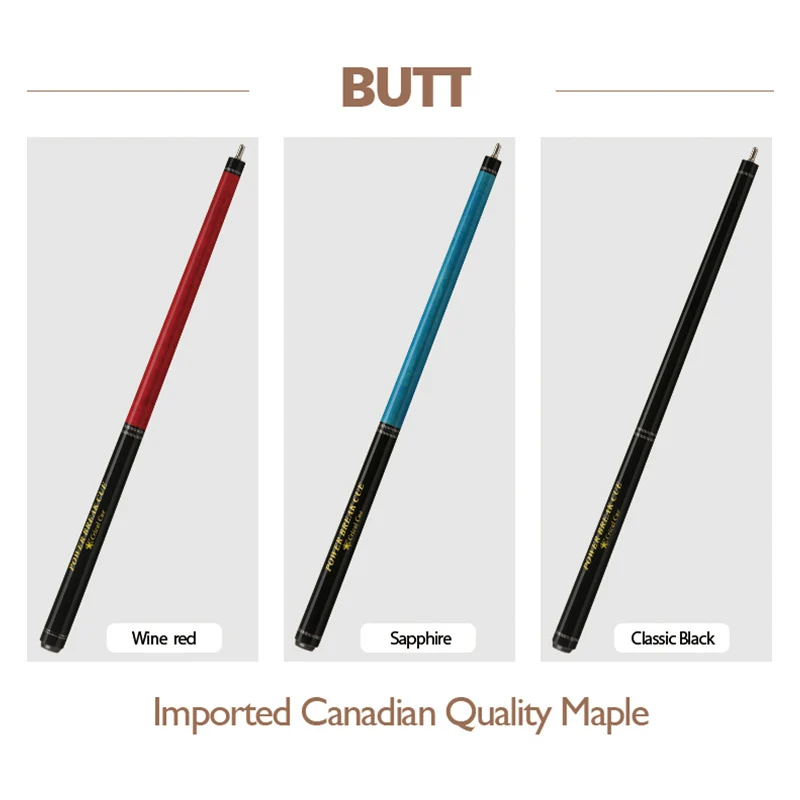
Measuring and Testing: Finding Your Perfect Fit
Accurate measurement is essential for selecting the right lacrosse stick length. How should players measure their sticks?
- Measure from the bottom of the head to the end of the shaft
- Consider age, position, experience level, and height recommendations
- Consult manufacturer sizing charts for specific guidance
While measurements and charts provide a solid starting point, on-field testing is crucial for finding the optimal stick length. Players should experiment with different lengths during practice sessions to assess comfort, control, and overall performance.
By combining theoretical guidelines with practical experience, players can fine-tune their stick length to perfectly suit their individual needs and playing style.
The Impact of Proper Stick Length on Performance
Selecting the right lacrosse stick length can significantly influence a player’s effectiveness on the field. How does proper sizing enhance various aspects of the game?
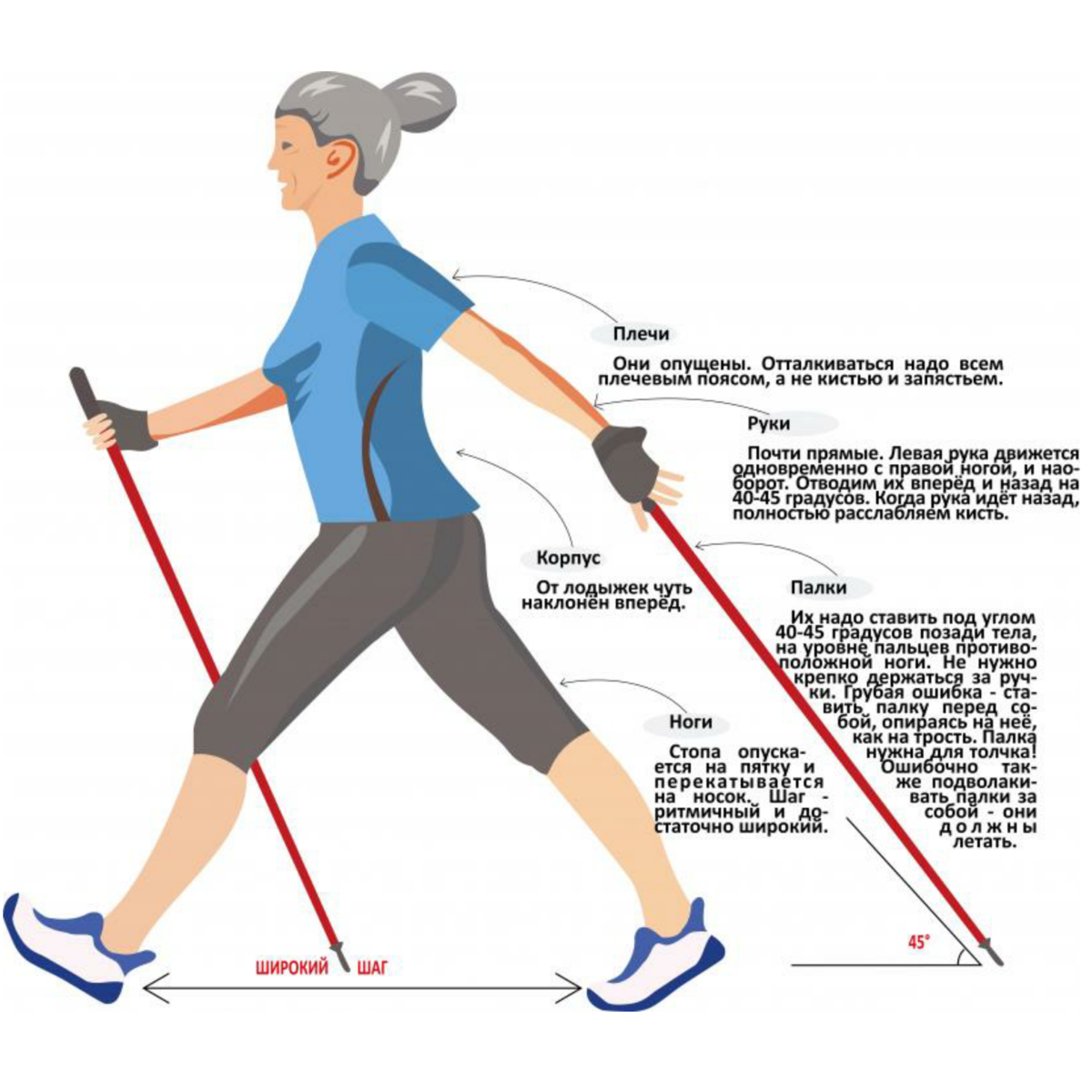
- Improved ball control: A well-fitted stick allows for better cradling and handling
- Enhanced shooting accuracy: Proper length facilitates more precise shot placement
- Increased passing efficiency: Optimal sizing enables smoother and more accurate passes
- Amplified checking power: Defenders benefit from increased reach and leverage
- Extended field coverage: Appropriate length maximizes a player’s sphere of influence
By carefully considering all factors and selecting the ideal stick length, players can optimize their performance across all areas of the game, from ball handling to defensive maneuvers.
Adapting Stick Length to Playing Style and Strategy
Beyond position-specific recommendations, players should also consider their individual playing style and team strategies when selecting stick length. How can stick length complement different approaches to the game?
Offensive Strategists
Players who excel at creating scoring opportunities through precise passing and strategic play might opt for slightly shorter sticks, even within their position’s recommended range. This choice enhances their ability to execute quick, accurate passes in tight spaces.

Defensive Specialists
Defenders who prioritize disrupting passing lanes and forcing turnovers may choose sticks at the upper end of their position’s length range. The extra reach can provide a significant advantage in intercepting passes and applying pressure to opponents.
Versatile Players
Athletes who frequently transition between positions or play multiple roles within their team might benefit from a stick length that balances the requirements of different positions. This versatility allows them to adapt quickly to changing game situations.
By aligning stick length with their specific style of play, athletes can amplify their strengths and mitigate potential weaknesses, leading to more impactful performances on the field.
Maintenance and Longevity: Caring for Your Lacrosse Stick
Once you’ve selected the perfect lacrosse stick length, proper maintenance is crucial for ensuring consistent performance and longevity. How can players care for their sticks to maintain optimal play?

- Regular cleaning: Remove dirt and debris after each use
- Proper storage: Keep sticks in a cool, dry place to prevent warping
- Periodic checks: Inspect for damage or wear, especially in the head and pocket
- Timely repairs: Address any issues promptly to prevent further damage
- Pocket maintenance: Adjust strings and shooting cords as needed to maintain consistency
By implementing a consistent maintenance routine, players can ensure their carefully selected sticks remain in top condition, providing reliable performance throughout multiple seasons.
Evolving Needs: Reassessing Stick Length Over Time
As players progress in their lacrosse careers, their stick length requirements may change. What factors should prompt a reassessment of stick length?
- Physical growth: Significant height increases may necessitate longer sticks
- Position changes: Switching roles on the field often requires adjusting stick length
- Skill development: Advanced techniques might benefit from slight length modifications
- Rule changes: Stay informed about any updates to league regulations on stick lengths
Regular evaluation of stick length ensures that players continue to use equipment that aligns with their current needs and maximizes their potential on the field. By staying attuned to these factors, athletes can make timely adjustments to their equipment, supporting their ongoing development and performance.
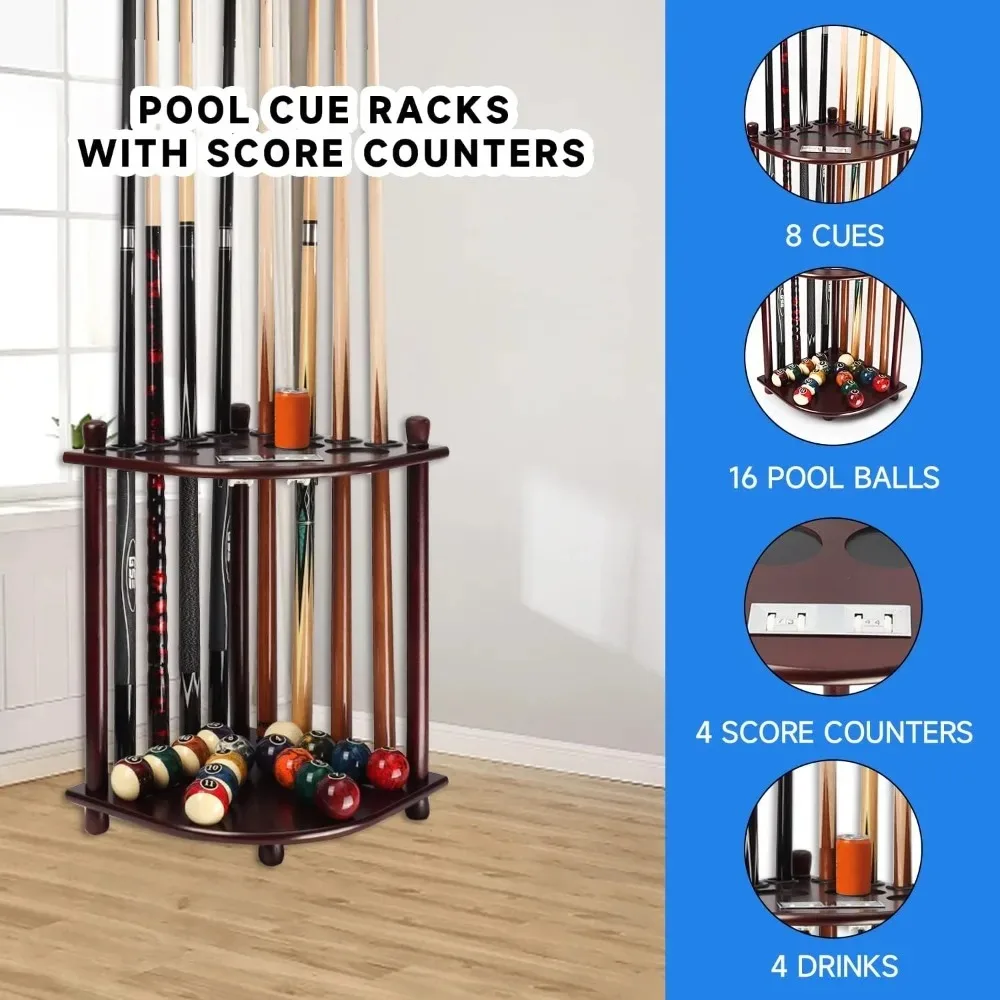
Technology and Innovation in Lacrosse Stick Design
The lacrosse equipment industry continues to evolve, introducing new technologies and materials that impact stick performance. How are these innovations affecting stick length considerations?
Lightweight Materials
Advancements in composite materials have led to the development of lighter, yet durable, lacrosse sticks. These innovations allow players to handle longer sticks without sacrificing maneuverability, potentially influencing length choices across positions.
Adjustable Systems
Some manufacturers now offer sticks with adjustable length mechanisms, allowing players to fine-tune their stick length within a certain range. This flexibility can be particularly beneficial for growing youth players or those transitioning between positions.
Position-Specific Designs
Increasingly sophisticated stick designs cater to the unique demands of each position, optimizing factors like weight distribution and flex patterns. These advancements may impact the ideal length for each position as players adapt to these specialized features.
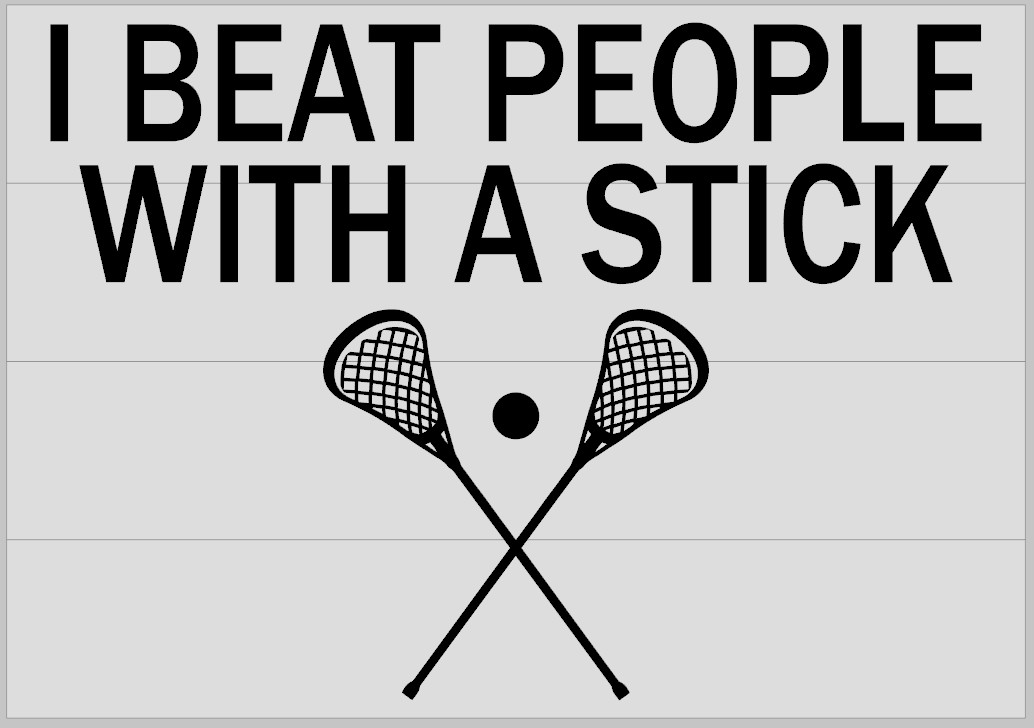
As technology continues to shape the lacrosse equipment landscape, players should stay informed about new developments that could influence their stick length choices and overall performance on the field.
The Psychological Aspect of Stick Length Selection
While physical factors and playing position are crucial in determining stick length, the psychological comfort of the player also plays a significant role. How does stick length impact a player’s confidence and mental game?
Comfort and Familiarity
Players often develop a strong preference for a particular stick length based on their experience and comfort level. This familiarity can boost confidence and allow for more intuitive play on the field.
Perceived Advantages
The belief that a certain stick length provides an advantage can positively influence a player’s performance, even if the physical benefits are minimal. This psychological edge can translate into more assertive and effective play.
Adaptability and Growth Mindset
Players who are open to experimenting with different stick lengths may discover unexpected benefits and improve their overall versatility. Embracing change can lead to skill development and a more comprehensive understanding of the game.

Coaches and players should consider these psychological factors when selecting stick lengths, striking a balance between physical optimization and mental comfort to achieve peak performance.
Team Dynamics and Stick Length Coordination
In team sports like lacrosse, individual equipment choices can impact overall team performance. How does stick length selection factor into team strategy and coordination?
Complementary Lengths
Teams may benefit from coordinating stick lengths among players in similar positions to create cohesive unit dynamics. For example, a defensive line with consistently longer sticks can present a formidable barrier to opposing offenses.
Specialized Roles
Coaches might assign specific stick lengths to players based on their unique roles within team strategies. This customization can enhance the execution of set plays and defensive schemes.
Adaptability in Line Changes
Teams with players comfortable using various stick lengths can maintain strategic flexibility during line changes, allowing for seamless transitions between different tactical approaches.

By considering stick length as part of broader team strategies, coaches can optimize their squad’s collective performance and adaptability on the field.
International Perspectives on Lacrosse Stick Length
As lacrosse continues to grow globally, different regions and cultures may develop unique approaches to stick length selection. How do international perspectives influence stick length choices?
Traditional Styles
Some regions with deep lacrosse traditions, such as certain Native American communities, may favor specific stick lengths based on historical and cultural factors. These preferences can influence local playing styles and equipment choices.
Emerging Markets
In countries where lacrosse is a relatively new sport, players and coaches might experiment with a wider range of stick lengths as they develop their own playing styles and strategies.
International Competitions
Exposure to diverse playing styles in international tournaments can lead to cross-pollination of ideas regarding optimal stick lengths, potentially influencing trends on a global scale.

As the sport continues to evolve internationally, players and coaches should remain open to diverse perspectives on stick length, potentially discovering innovative approaches that can enhance their game.
The Future of Lacrosse Stick Length: Trends and Predictions
As lacrosse continues to evolve, stick length preferences and regulations may change. What trends might shape the future of lacrosse stick length?
Rule Adaptations
Governing bodies may adjust stick length regulations to enhance certain aspects of the game, such as increasing scoring or improving player safety. These changes could influence stick length choices across all levels of play.
Position Fluidity
As players become more versatile, we may see a trend towards more standardized stick lengths that allow for easier transitions between positions during gameplay.
Customization Technologies
Advancements in manufacturing may lead to more easily customizable sticks, allowing players to fine-tune their stick length with greater precision.

Data-Driven Optimization
The integration of sports analytics may result in more scientifically determined stick length recommendations based on player metrics and performance data.
By staying informed about these potential trends, players and coaches can anticipate changes in the sport and adapt their approach to stick length selection accordingly.
Age and Experience Level
Youth players need shorter and lighter sticks to help them develop their skills. Sticks for young beginners range from 30-42 inches. As players get older and more experienced, they can handle longer and heavier sticks. High school and college players generally use sticks from 42-60 inches.
Player Position
Attackers prefer shorter sticks, around 40-42 inches, to allow greater control and quick stick work around the crease. Midfielders benefit from average length sticks around 42-54 inches since they need to play both offense and defense. Defenders need longer sticks, 50-72 inches, for better poke checks and intercepting passes.
Height and Arm Length
Tall players need longer sticks to match their bigger frames and longer arms. When holding the stick upright next to your body, the bottom of the head should reach between your nose and chin. This ensures proper length relative to your height. Add a few extra inches if the stick will be used for multiple seasons to allow for growth.
Goalie Sticks

Goalie sticks are much longer than field sticks, ranging from 40-72 inches. The paddle width helps block more of the goal. Size the goalie stick so the bottom of the paddle rests just below the waist when standing upright. Consult sizing charts to match specific paddle and shaft lengths to the goalie’s height.
Stick Measurements
When sizing a stick, measure from the bottom of the head to the end of the shaft to get the full length. Keep in mind the player’s age, position, experience level, and height recommendations from lacrosse stick manufacturers. Testing different lengths on the field can help determine the optimal stick for your game.
Having the proper lacrosse stick length improves ball control, shooting and passing accuracy, checking power, and overall reach and range on the field. Take the time to find the right length stick for your physical size and playing style.
Attackers prefer shorter sticks for ball control and quick sticks
When it comes to lacrosse stick length, attackers have different needs than other positions. As offensive players who operate around the opponent’s net, attackers rely on precise stick handling and quick passing to create scoring opportunities.
Shorter sticks in the 40-42 inch range give attackers superior control of the ball to thread shots and make rapid feeds. The tight quarters around the crease demand a compact stick to cradle and shift directions quickly. Having a shorter stick enables attackers to cradle the ball securely with one hand and makes it easier to protect their stick from defensive poke checks.
The excellent feel and responsiveness of a short stick allows attackers to make quicker passes and change direction on a dime. Attackers leverage the enhanced handling to rack up goals with creative dodges, pinpoint shots, and rapid ball movement. While defenders benefit from maximum length sticks, short sticks provide attackers the agility and stick skills vital for weaving through traffic and finishing at the rim.
Midfielders use average length for versatility on both offense and defense

When selecting a lacrosse stick, midfield players need to balance the demands of playing both offense and defense during transitions. This dual responsibility leads most midfielders to choose sticks with an average length of 42-54 inches.
On offense, midfielders benefit from the solid control and quick handling of a stick on the shorter end of the spectrum. This allows them to string passes together and dodge defenders when pushing the ball in transition or working from behind the net.
On defense, a longer stick aids midfielders with poke checking, intercepting passes in the midfield, and limiting shooting angles when pressing out on attackers. Added length provides extra reach to get their sticks into passing lanes for disruptions.
By using a stick sized in the middle ground between attacking and defensive lengths, midfielders gain decent versatility to flip between offense and defense. The moderate length delivers adequate ball control for offensive runs plus the added length for defensive plays in the midfield area.
Defenders need longer sticks for poke checks and intercepting passes
When playing defense in lacrosse, longer sticks provide a key advantage for containing opponents and causing turnovers. Defensive players typically use sticks in the 50-72 inch range to maximize their disruption potential.
The extra length enables defenders to get their sticks into passing and shooting lanes more effectively. With a longer stick, defenders can disrupt more feeds by reaching further to intercept passes. They also bother shooters by extending their poke checks and sticks to block larger sections of the goal.
Longer sticks allow defenders to control and direct opponents more efficiently. By keeping a long stick cushion between them and ball carriers, defenders can steer offensive players towards the sidelines and away from the front of the net. The added stick length also helps defenders maintain proper defensive positioning while engaging ball carriers.
For defensive players who focus on breaking up the offense, those extra inches give their pokes, checks, and disruptions significantly more range and impact on the field.
Goalies require massive sticks to block more net area and make saves

When it comes to lacrosse stick sizing, goalies are in a category of their own. To effectively protect the net and stop shots, goalies wield massive sticks ranging from 40-72 inches long.
The extra-long shafts and oversized paddle heads allow goalies to cover more of the 6×6 foot goal area. With a larger stick profile, they can block more net and limit shooting angles for attackers. The paddle width also provides more surface area to block shots with their body behind the stick.
Despite the hulking size, goalies must still move their sticks quickly to react to lightning-fast shots from short range. Goalie sticks utilize lightweight shafts and plastic heads to reduce weight while maximizing blocking reach. The right length helps maximize net coverage while maintaining maneuverability.
By utilizing the massive, specialized sticks designed for their position, goalies give themselves the best chance to keep the ball out of the back of the net.
Youth players need shorter and lighter sticks to develop skills

When it comes to youth lacrosse, proper stick sizing is crucial for helping young players develop their skills. For optimal control and comfort, youth players need sticks on the shorter and lighter end of the spectrum.
Young beginners start with very short sticks in the 30-40 inch range. Shorter and lighter sticks allow them to focus on proper cradling, scooping, passing, and catching techniques without being overloaded. As players get older and stronger, they can size up incrementally to sticks in the 40-42 inch, 42-48 inch range through early adolescence.
The right youth stick weight also prevents fatigue and injury. Excessively heavy sticks hamper coordination and can lead to shoulder, elbow, and wrist overuse. Youth sticks utilize more plastic, titanium, and alloy materials to reduce weight compared to adult sticks.
With the proper stick length and weight suited to their age and skill level, young players can develop their lacrosse skills efficiently and safely have fun playing the game.
Stick end should reach between nose and chin when standing upright
A quick way to gauge proper lacrosse stick length relative to your body size is the nose-chin rule. When holding the stick vertically next to your body, the end of the stick shaft should reach somewhere between your nose and chin.
This general guideline helps ensure the stick length is suited to your height and arm length. The nose-chin range typically provides adequate length for control and range of motion without being unwieldy. If the stick ends above your nose, it is likely too short. If it extends far below your chin, it may be too long.
Keep in mind your playing position and skill level as well. For example, defenders may opt for lengths on the lower end of the nose-chin range for maximum poke check reach. Youth players need shorter sticks relative to their height as they develop coordination and skills.
The nose-chin rule serves as an easy-to-remember starting point for choosing a stick matched to your frame. But comfort and performance should ultimately dictate the ideal length for your game.
Add a few inches for growth room if stick will last multiple seasons

When sizing a lacrosse stick, it’s smart to add a few extra inches if the stick will be used for multiple seasons of youth or high school play. This provides some room for the player to grow into the stick over time.
Otherwise, a stick that fits perfectly one season may quickly become too short as the player grows taller in subsequent seasons. Adding a couple extra inches helps ensure the stick will remain usable for a few years before needing to size up.
Consider how old the player is and their expected growth in the coming years. Younger players who still have larger teenage growth spurts coming should err on the longer end of proper sizing. Older players who are physically mature can opt for sticks sized closer to their current height.
Keep in mind sticks can always be cut down slightly if needed. But it’s much harder to make them longer once purchased. Considering expected growth when stick shopping can save money and extend the useful life of the stick.
Goalie sticks sized based on player height; paddle below waist when standing

Finding the right goalie stick length requires matching the stick height to the goalie’s height and stance. When properly sized, the bottom edge of the paddle head should sit just below waist level when the goalie is standing upright.
Taller goalies need longer sticks to provide full coverage when in their crouched stance in the crease. The paddle length should be based on waist height while standing so it extends to shoe level in a crouch. This covers more net without overextending the arms.
For shorter goalies, avoid oversized sticks that force them to reach too far. The paddle should hang just below the waist when standing, which places it around mid-thigh when crouched down. This allows fuller coverage without compromising mobility.
Consult sizing charts, but evaluating based on waist height is a quick way to identify goalie sticks with paddle lengths and shaft lengths suited to your body size.
Mini sticks help develop cradle and passing skills for young beginners
Mini lacrosse sticks are a great training tool for developing young players’ fundamentals. The scaled-down sticks allow beginners to learn proper cradle and passing techniques before moving up to full-sized youth sticks.
Typically 30-32 inches long, mini sticks are designed for optimal control and handling by smaller hands. The shorter length and light weight build stick skills confidence without tiring out young arms.
Using mini sticks in practice drills and casual games improves hand-eye coordination and gets players comfortable carrying the ball properly. This sets the stage for a smoother transition when they are ready to size up to longer lacrosse sticks.
For young children just learning the sport, mini sticks build capability and enjoyment of lacrosse by allowing them to cradle, pass, and scoop like the big kids and pros they admire.
Measure from bottom of head to end of shaft to get full stick length
When measuring the overall length of a lacrosse stick, make sure to get the full measurement from the bottom of the head to the end of the shaft.
Just measuring the shaft alone won’t give you an accurate stick length, since head lengths vary. Heads typically add 6 to 12 inches beyond the top of the shaft. Be sure to include the head when taking an overall length measurement.
For sticks with detachable heads, simply measure from the bottom plastic sidewall or scoop to the end butt cap. For fixed non-detachable heads like beginner sticks, measure from where the head meets the shaft down to the end of the stick.
Getting an accurate overall stick length measurement allows you to best match the stick to a player’s size and position needs. It also aids in checking for compliance with league stick length regulations.
Sticks range from 30-72 inches; most players use 42-60 inch lengths

Lacrosse sticks come in a wide range of lengths to suit players of different ages, skill levels, and positions. Overall stick lengths range from 30 inches for mini sticks up to 72 inches for specialized goalie sticks.
For most youth, high school, college, and professional field players, stick lengths fall somewhere between 42 and 60 inches. Youth players start around 30-40 inches and size up as they grow. Defensive players use longer sticks around 52-72 inches.
Attackers tend to use shorter sticks in the 42-46 inch range for better ball control. Midfielders are in the middle around 42-54 inches since they play both offense and defense. Defensemen go 50-72 inches for superior reach.
Goalies wield the longest sticks at 40-72 inches to cover more goal area. Knowing the typical length ranges can aid players in selecting the right stick for their age, position and playing style.
Consult manufacturer size charts to match height and age recommendations
When selecting a lacrosse stick, consulting manufacturer size charts can help identify the proper length based on your height, age and position. Brands design their sticks and heads to match certain sizing criteria.
Height and age charts recommend stick lengths tailored for specific player demographics. For example, they suggest lengths for elementary school players around 40-44 inches while high school player stick lengths are 44-60 inches. Position-based charts recommend optimal lengths for each spot on the field.
While general height recommendations help, stick technology and design means sizing can vary across lacrosse brands. Checking manufacturer size guides accounts for the nuances of that company’s gear sizes and configurations.
Consulting sizing charts ensures you select sticks best matched to your age, size and position according to the stick designers’ recommendations.
Test different lengths to find optimal stick for game performance
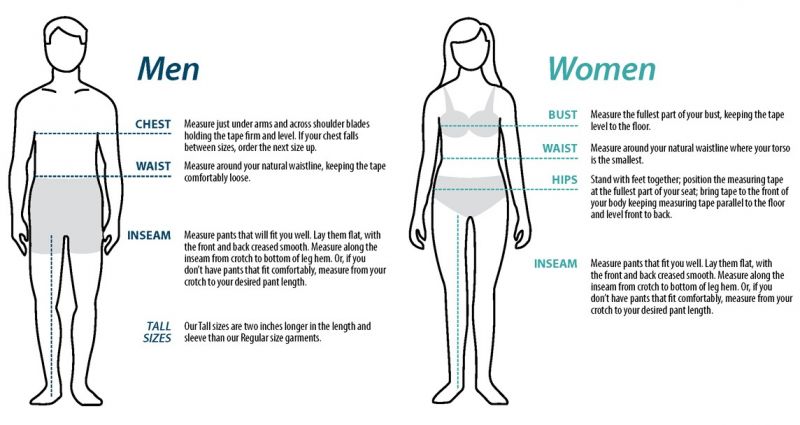
While general sizing guidelines provide a starting point, testing different lacrosse stick lengths is the best way to find your optimal size for game performance.
Within the recommended size range for your height and position, try sticks in 1-2 inch increments to gauge the impact on your skills. For example, an attacking midfielder may test sticks in the 42, 44 and 46 inch versions to compare handling, passing, shooting and checking.
See if slightly longer or shorter sticks help you handle, pass and shoot more efficiently. Notice if one length gives you better poke check reach or clears more ground on strides up the field. The right length maximizes your strengths and minimizes any awkwardness.
Experimenting with different lengths dialed into your needs and playing style is more valuable than simply following generalized size charts. Test sizes on the field to optimize your game.